Navigating foreign cities successfully requires more than maps and translation apps — it demands understanding how locals move through their daily environment and adapting to different cultural approaches to urban life. The most confident travelers learn to read subtle social cues, transportation patterns, and neighborhood rhythms that reveal how cities function beyond tourist-focused presentations.
Developing local navigation skills transforms travel from a series of planned attractions into genuine urban exploration where spontaneous discoveries and authentic interactions become possible. Here’s a list of 17 strategies that help travelers move through foreign cities with the confidence and awareness that locals take for granted.
Study Local Transportation Apps
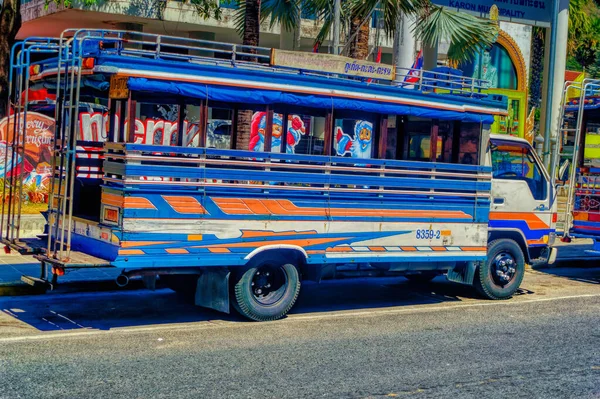
Download and set up the primary transportation apps that locals use rather than relying on international options that may provide incomplete information. Most major cities have official apps for public transit that include real-time updates, service disruptions, and payment systems that integrate with local infrastructure.
These apps often provide features like offline maps, route planning, and fare calculation that work more effectively than generic travel apps. Learning the local app interface before arriving saves time and reduces confusion when navigating complex transit systems under pressure.
Observe Rush Hour Patterns

Spend time during morning and evening rush hours watching how locals move through transit stations, street intersections, and commercial areas to understand traffic flow patterns. Notice which subway car positions align with station exits, how pedestrians navigate crowded sidewalks, and where people naturally gather while waiting for transportation.
These observations reveal efficient routes and timing strategies that can save significant time during busy periods. Local commuting patterns also indicate which areas to avoid during peak times and alternative routes that locals use when main corridors become congested.
Like Travel Pug’s content? Follow us on MSN.
Learn Basic Direction Vocabulary
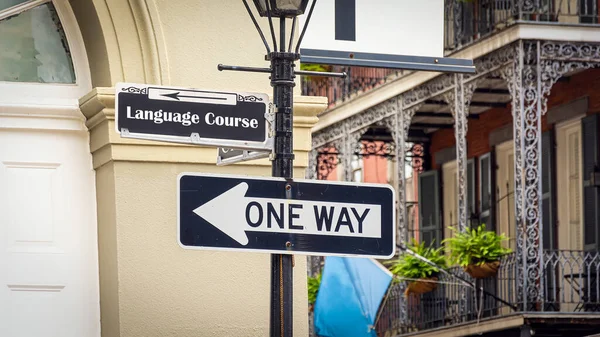
Master essential directional terms in the local language, including words for left, right, straight, north, south, up, down, and nearby landmarks that appear frequently in conversations with locals. Practice asking for directions using simple phrases and learn to recognize responses that include these key terms. Understanding basic geographical references specific to each city — like river names, mountain directions, or central landmarks—helps interpret directions that locals give using familiar reference points.
This vocabulary becomes particularly valuable when technology fails or when seeking recommendations from people who don’t speak English.
Identify Neighborhood Character
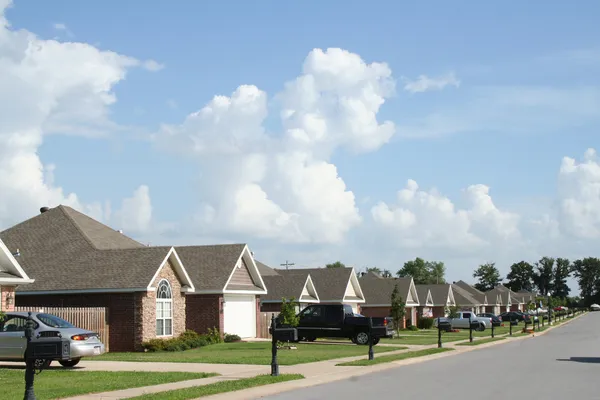
Walk through different neighborhoods during various times of day to understand how each area’s character changes and what types of businesses, services, and social activities define different districts. Notice how residential areas transition to commercial zones and observe which neighborhoods attract families, young professionals, artists, or tourists.
Understanding neighborhood personalities helps predict where to find specific services, restaurants, or cultural experiences while avoiding areas that might not align with your interests or comfort level. Local real estate patterns often reveal economic and social dynamics that affect visitor experiences.
Master Public Transit Etiquette
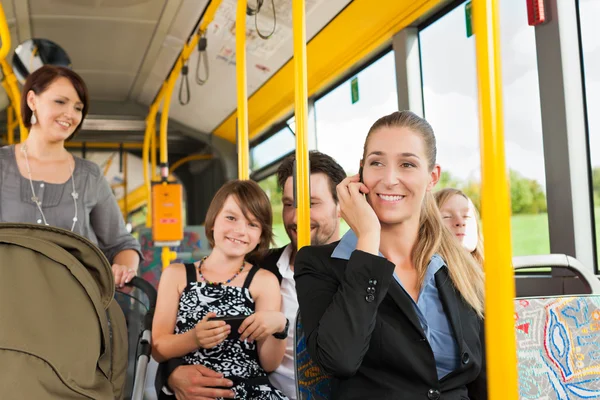
Observe and adopt local behavior patterns on public transportation, including where people stand, how they board and exit, whether they offer seats to specific groups, and how they handle personal space. Learn payment systems thoroughly, including whether tickets must be validated, if transfers require additional payment, and how to handle fare inspections that might occur randomly.
Understanding unwritten rules about eating, talking, and using electronic devices prevents accidental social violations while helping you blend in with regular commuters. Emergency procedures and service disruption protocols become important during unexpected situations.
Like Travel Pug’s content? Follow us on MSN.
Use Local Landmarks for Navigation
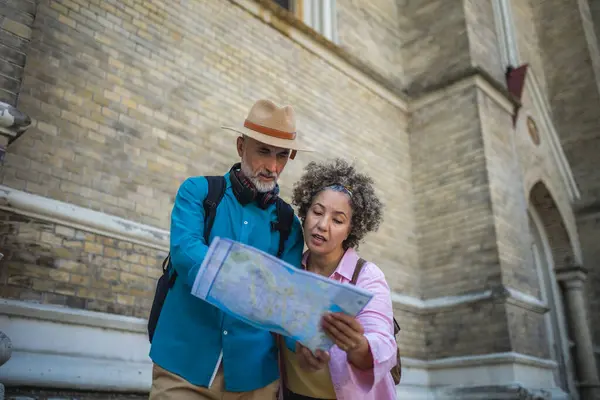
Identify prominent buildings, monuments, or natural features that locals use as reference points rather than relying solely on street addresses or GPS coordinates. Learn the names and locations of major landmarks that appear frequently in local conversations and directions from residents.
Understanding how locals conceptualize their city’s geography — whether they use cardinal directions, neighborhood names, or prominent features — makes communication more effective when asking for help. Historical or cultural landmarks often serve as meeting points and reference markers that transcend language barriers.
Explore Market and Shopping Districts

Visit local markets, shopping districts, and commercial areas where residents conduct daily business to understand how commerce functions and where to find practical necessities. Learn operating hours, payment preferences, and social customs that govern interactions in different types of establishments, from small family shops to large department stores.
Understanding local shopping patterns reveals when stores offer fresh products, how to negotiate appropriately, and which areas provide the best value for different types of purchases. These districts often serve as social hubs where community information and local knowledge are shared informally.
Follow Pedestrian Flow
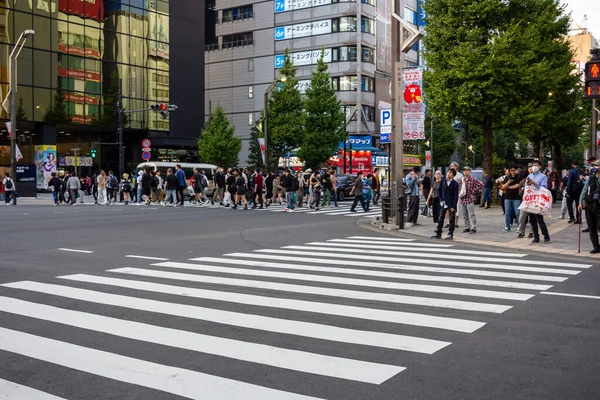
Watch how locals navigate sidewalks, crosswalks, and pedestrian areas to understand unwritten rules about walking speed, personal space, and crossing procedures. Learn whether pedestrians typically yield to bicycles, how traffic light timing affects crossing strategies, and which areas have heavy foot traffic that requires specific navigation approaches.
Understanding local pedestrian culture helps avoid blocking traffic flow while identifying efficient routes through crowded areas. Safety considerations vary significantly between cities depending on traffic patterns, driver behavior, and infrastructure design.
Like Travel Pug’s content? Follow us on MSN.
Recognize Service Industry Patterns
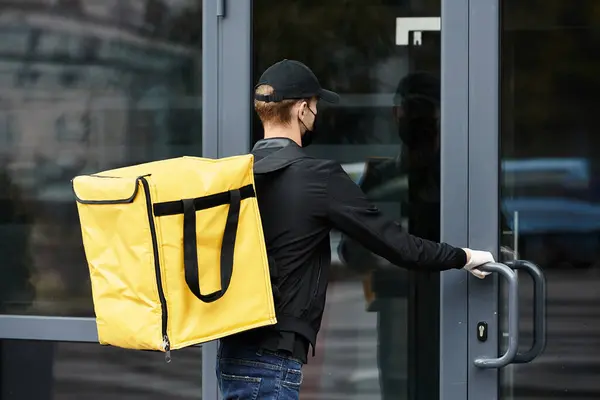
Observe how locals interact with service workers in restaurants, shops, hotels, and transportation facilities to understand appropriate behavior, tipping customs, and communication styles. Learn standard greeting phrases and politeness expressions that show respect for local cultural norms while facilitating smoother interactions.
Understanding service timing — like when restaurants serve meals, how long transactions typically take, and what constitutes reasonable wait times — helps set appropriate expectations. These interactions provide opportunities to practice language skills while gathering local information from people who interact with many visitors.
Study Emergency and Safety Protocols
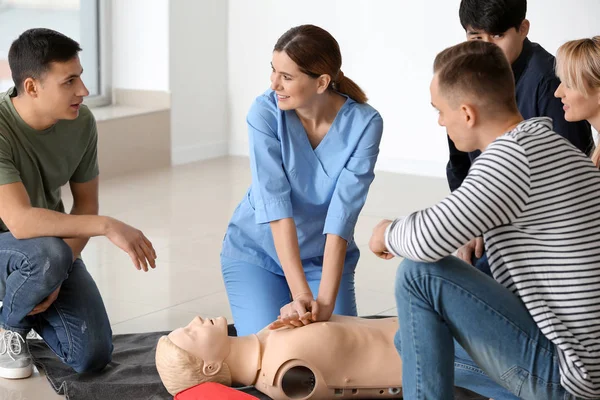
Research local emergency numbers, common safety concerns, and procedures for situations like medical emergencies, natural disasters, or crimes that might affect visitors. Identify the locations of hospitals, police stations, and embassy or consulate offices while understanding how to access emergency services through local phone systems.
Learn to recognize local law enforcement uniforms, emergency vehicle markings, and official identification that distinguish legitimate authorities from potential scammers. Understanding local safety norms helps make informed decisions about personal security without excessive paranoia.
Adopt Local Dining Customs
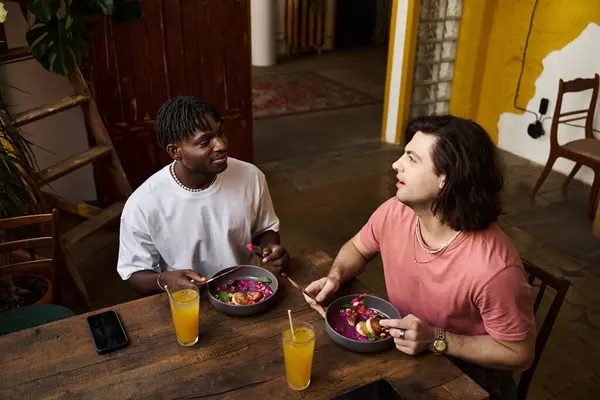
Learn meal timing, ordering procedures, and dining etiquette that govern restaurant experiences while understanding how locals typically discover and choose eating establishments. Observe whether people make reservations, how they signal servers, and what constitutes appropriate behavior in different types of dining venues, from street food stalls to formal restaurants.
Understanding local food culture includes learning about dietary restrictions, seasonal specialties, and regional preferences that affect menu availability and pricing. Payment procedures and tipping practices vary significantly and affect the overall dining experience.
Like Travel Pug’s content? Follow us on MSN.
Use Neighborhood Social Spaces
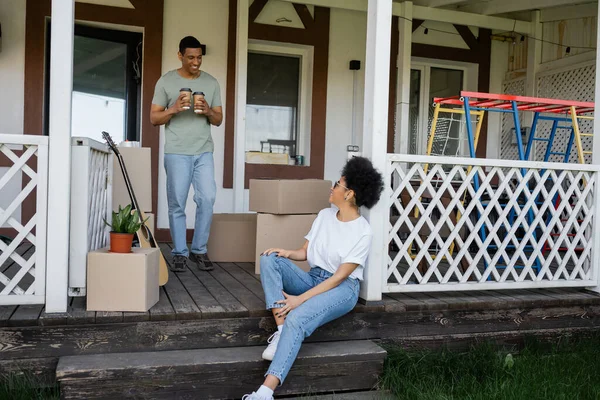
Identify parks, plazas, community centers, and other public spaces where locals gather for recreation, social interaction, and community events that provide insight into daily life and cultural values. Learn the unwritten rules governing these spaces, including appropriate activities, noise levels, and social interactions that help visitors participate respectfully in community life.
Understanding how different age groups, social classes, and cultural communities use public spaces reveals the social dynamics that shape urban life. These spaces often host informal markets, performances, and cultural events that provide authentic local experiences.
Navigate Banking and Currency

Understand local banking hours, ATM availability, currency exchange procedures, and payment preferences that affect daily financial transactions during extended stays. Learn to recognize legitimate financial institutions and avoid predatory currency exchange services that target tourists with unfavorable rates.
Understanding local payment customs — whether cash is preferred, how credit cards are accepted, and what constitutes appropriate payment methods for different purchases — prevents awkward situations and potential security risks. Mobile payment systems and digital currencies are increasingly important in many international destinations.
Connect with Local Communication Networks

Learn how locals access internet services, mobile phone networks, and public Wi-Fi while understanding data privacy and security considerations that affect connected travelers. Identify reliable internet cafés, public Wi-Fi locations, and mobile service providers that offer practical solutions for staying connected during extended stays.
Understanding local social media platforms, messaging apps, and online services helps access information that might not be available through international networks. Communication infrastructure varies significantly and affects everything from navigation apps to emergency contact capabilities.
Like Travel Pug’s content? Follow us on MSN.
Understand Local Time Rhythms

Observe daily and weekly patterns that govern business hours, social activities, and public services while adapting personal schedules to align with local time preferences rather than home country habits. Learn about cultural practices like afternoon breaks, extended lunch periods, or weekend closures that affect service availability and social interaction opportunities.
Understanding seasonal variations in daily rhythms helps predict how weather, holidays, and cultural events influence urban life and accessibility to various activities. Time perception and punctuality expectations vary significantly between cultures and affect social and business interactions.
Engage with Local Information Sources
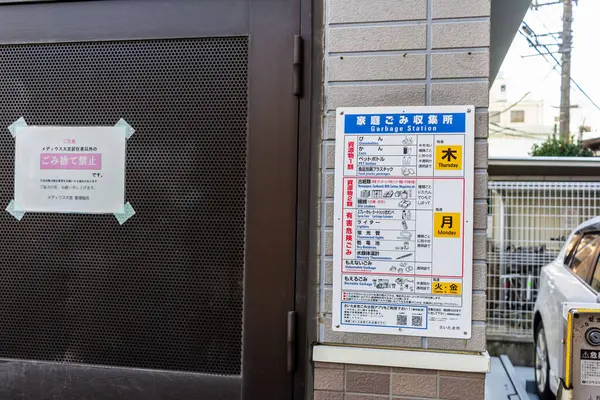
Identify newspapers, radio stations, websites, and social media accounts that locals use for current information about transportation disruptions, weather conditions, cultural events, and community issues that might affect visitors. Learn to access local news sources that provide more detailed and timely information than international media coverage of the same events.
Understanding local information distribution channels helps stay informed about situations that might impact travel plans while providing insight into community concerns and cultural priorities. Language barriers can be overcome through translation apps and visual information design.
Practice Cultural Sensitivity

Develop awareness of local customs, religious practices, social hierarchies, and cultural taboos that govern public behavior and interpersonal interactions in different urban environments. Learn appropriate dress codes, behavior expectations, and communication styles that show respect for local values while avoiding unintentional offense or misunderstanding.
Understanding cultural context helps interpret social situations accurately while building positive relationships with residents who appreciate visitors’ efforts to engage respectfully. Religious observances, cultural celebrations, and social traditions significantly influence daily life in many international destinations.
Like Travel Pug’s content? Follow us on MSN.
Urban Fluency Develops Through Practice
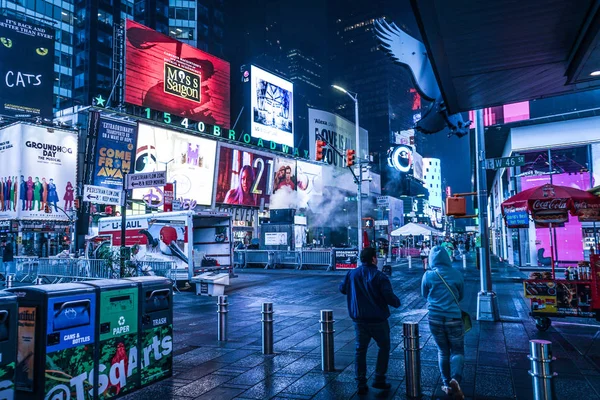
Navigating foreign cities like a local requires patience, observation, and a willingness to make mistakes while learning from the subtle cues that guide daily urban life in different cultural contexts. The most successful travelers approach each new city as a complex social system where transportation, commerce, communication, and cultural interaction follow patterns that become recognizable through careful attention and practice.
Developing local navigation skills creates opportunities for authentic cultural exchange while building confidence that makes travel more enjoyable and less stressful. These abilities transfer between destinations and accumulate over time, creating a foundation of urban literacy that enhances every future travel experience while fostering genuine connections with the people and places that make each city unique.
More from Travel Pug

- 20 Best Beach Towns in the Carolinas
- 13 Destinations Where Tourists Regularly Regret Their Trip
- 20 Things You Actually Get in First Class
- 20 Small Airports With Aviation Museums
- 20 Places in the U.S. That Are Perfect for a Reset Trip
Like Travel Pug’s content? Follow us on MSN. content? Follow us on MSN.
